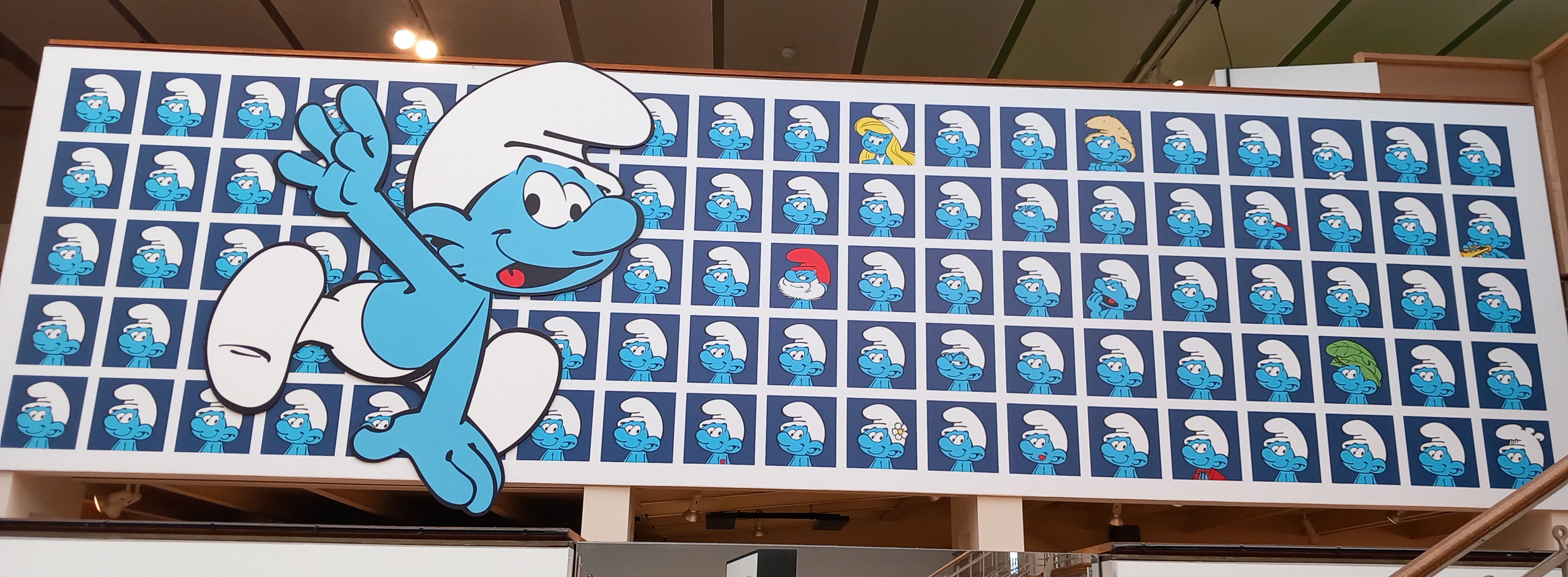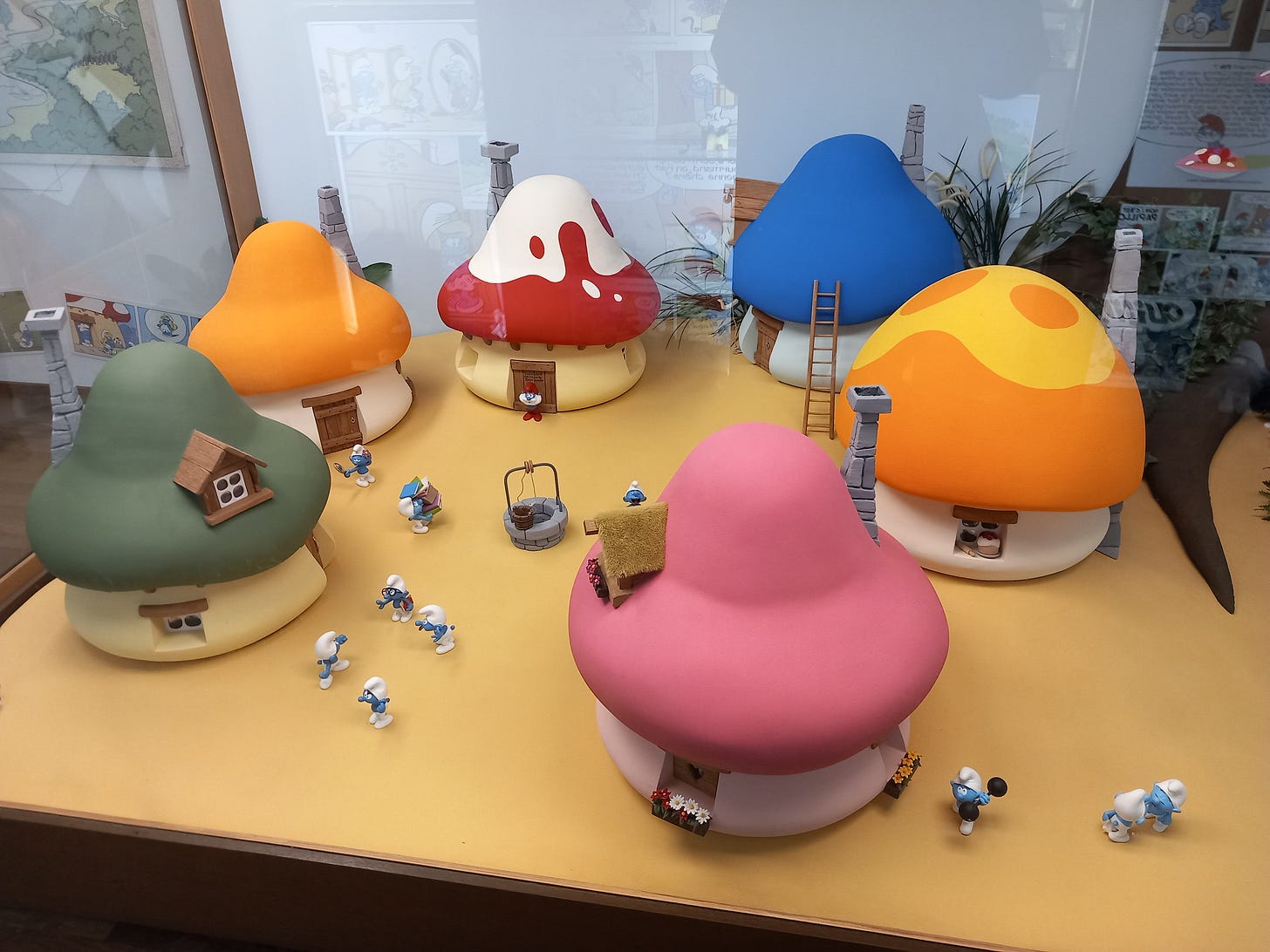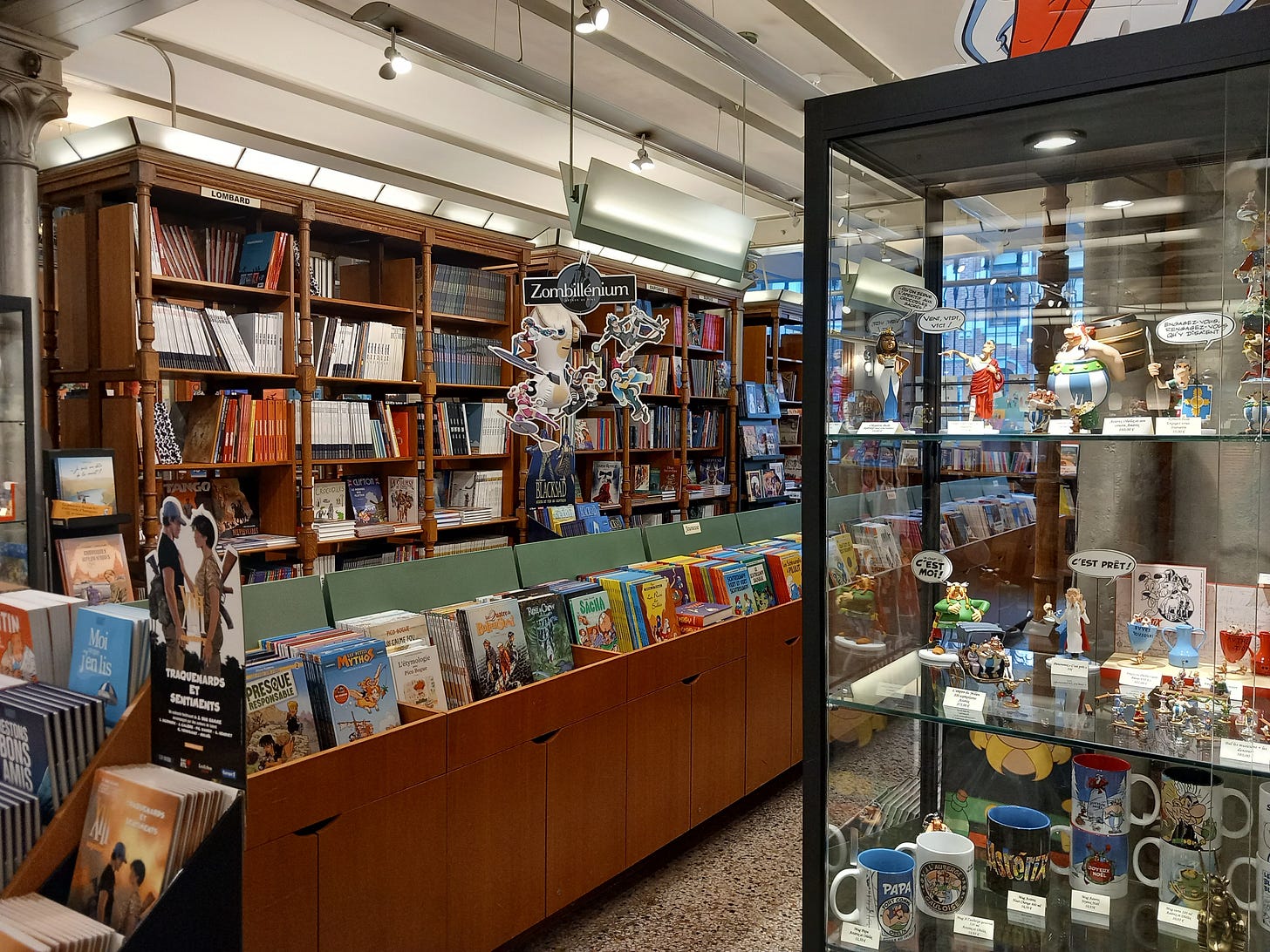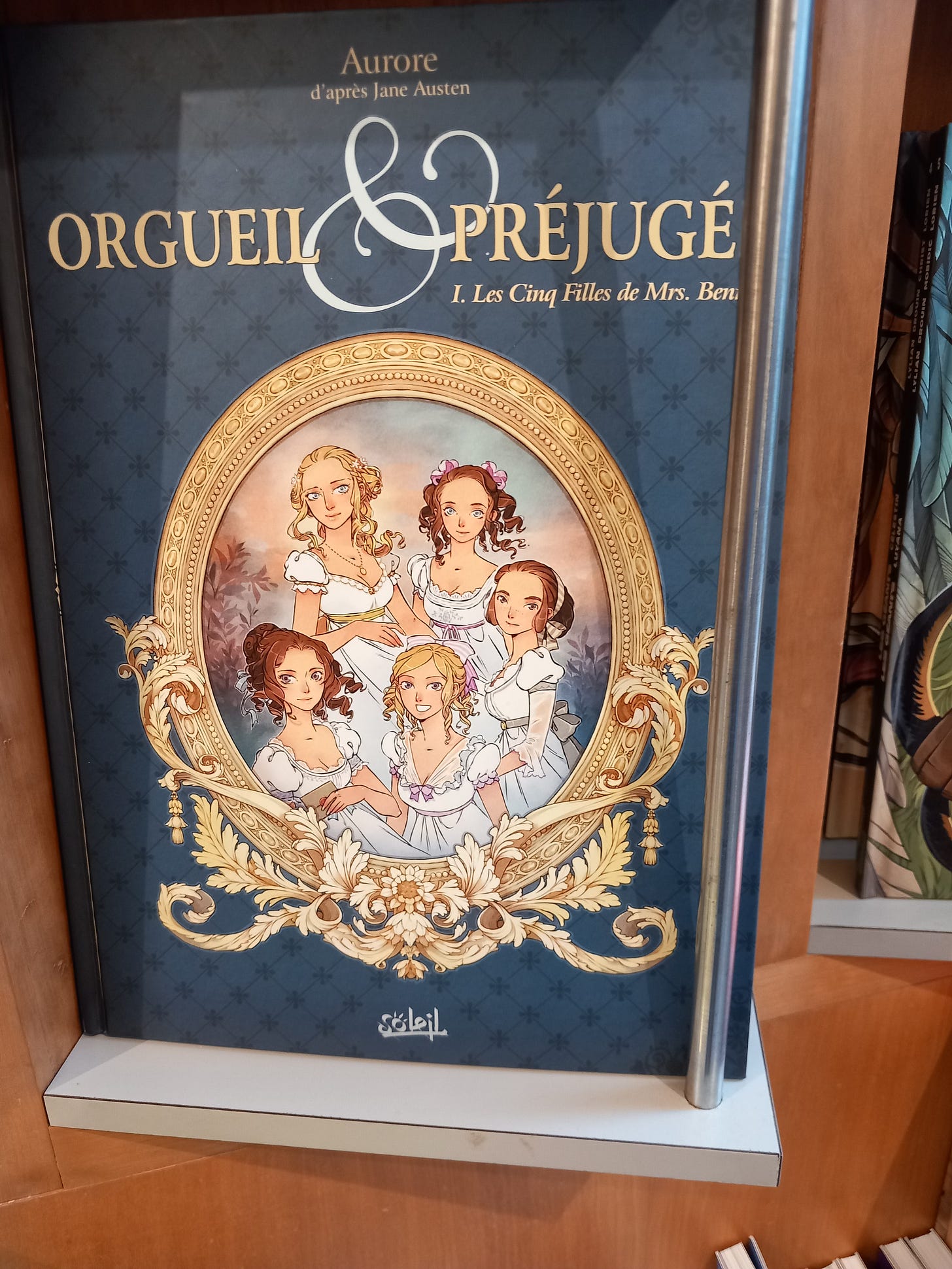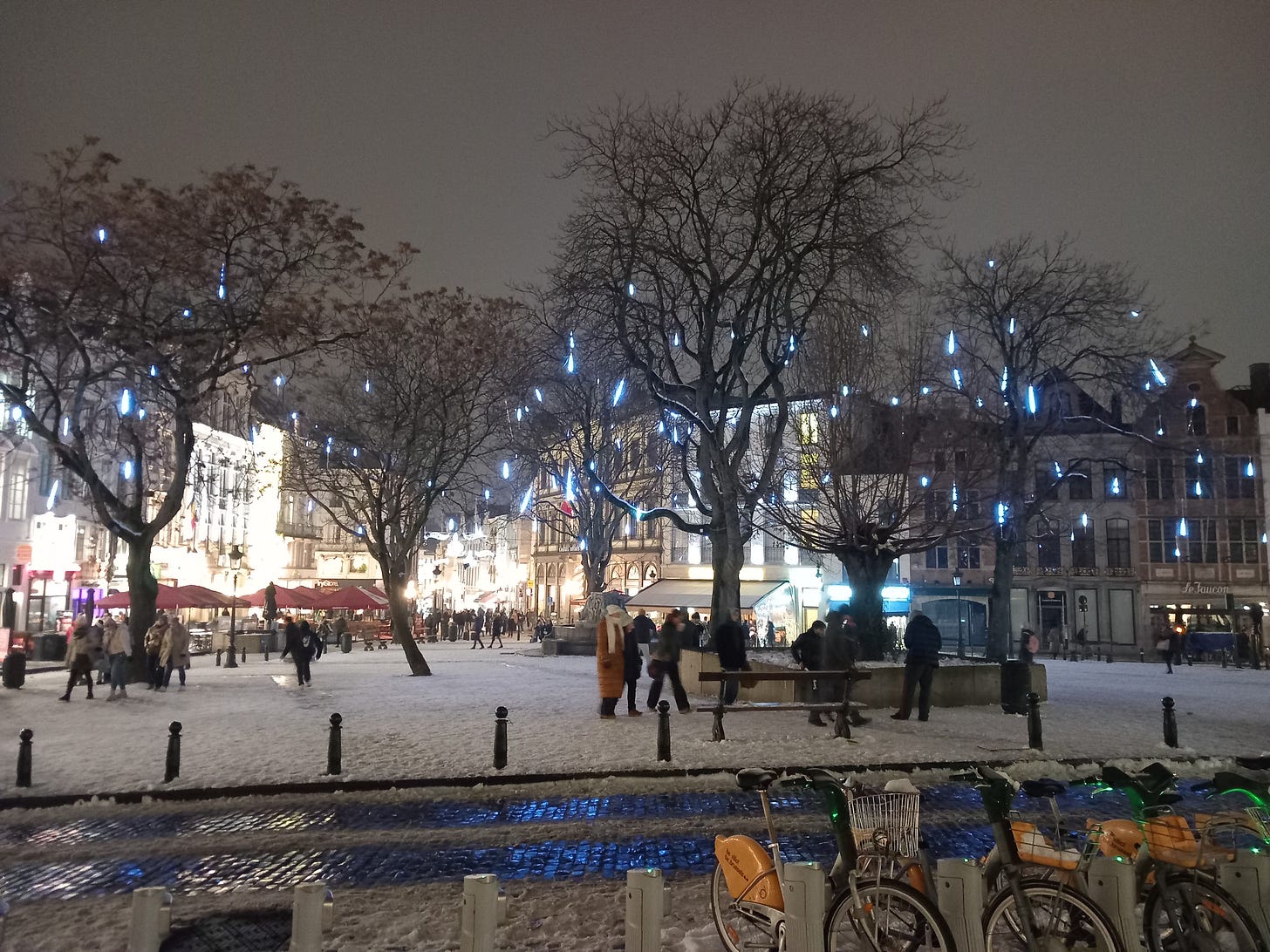Note: You can read Part One here
Earlier this year I had the chance to visit Brussels, renowned for its celebration of comics, or bande dessinée (BD). It was an eye-opener, and Part One left us having encountered a history of comics, and some friends of Hergé. But there was more to see… a lot more…
Three apples tall
Next up I bumped into these fellows (and fellowette)…
The Smurfs (or ‘Les Schtroumpfs’) had a section of their own, dedicated to their creator, Peyo. It was fascinating to see some early sketches, and how they developed from an initial, simpler style to a more nuanced final look. Originally guests appearing in another comic, the Smurfs were so popular they earned the spotlight in their own, even more popular books. It just goes to show how readers respond to your work in unexpected ways, and you can never really know how your work will land. And to keep creating, and trying new things - and if the audience responds to a character or idea, follow that thread.
At the time a school group was being given a tour by a museum guide, who was explaining some of the history of the characters and their creator. (What a place to visit for a school trip!) As a Brit, I found it welcome and fascinating to see the seriousness with which the guide was presenting to the group - I’m not used to seeing any guided tours in the context of sequential art back home.
What I found interesting was the opportunity Peyo had to work in a system which produced regular comics, and how his style developed and became more sophisticated over time. Incidentally, if you think the Smurf’s are silly children’s stories - well, yes they are: although ‘all ages’ would be a fairer description. But the story ‘The Smurf King’ was written and drawn post World War 2, and can be read as a satire on Nazi Germany, and the effects on society of the corruption of power. Big message, sweet medicine. Perhaps it should be on a required reading list at schools.
Nouveau and more
Moving on, there was a gallery showcasing the crossover between Art Nouveau (not Art Deco as I wrote in Part One - sorry!) and comic art - the Museum itself being a beautiful example of Art Nouveau architecture. Elegant and sophisticated, these exhibits took inspiration from the past and launched into a kind of steampunk magical fantasy. What a fusion!
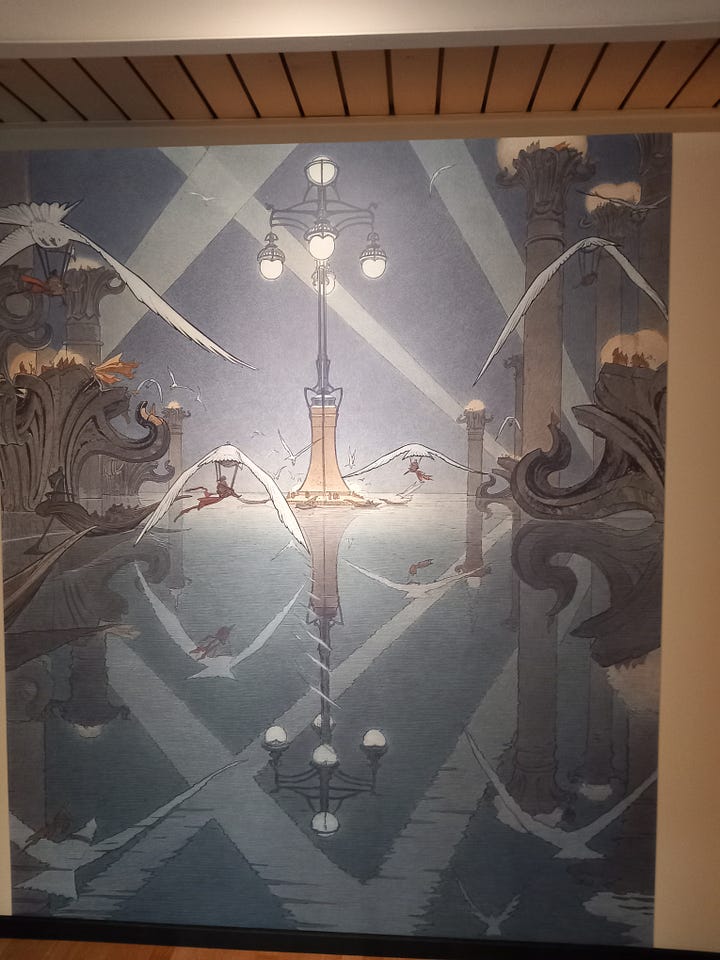
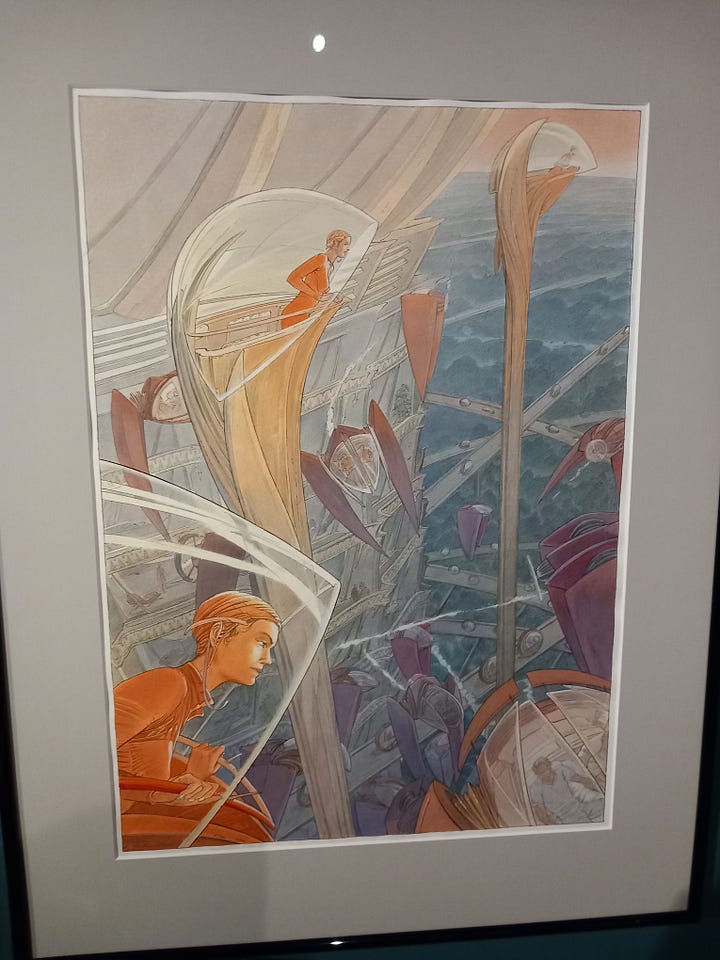
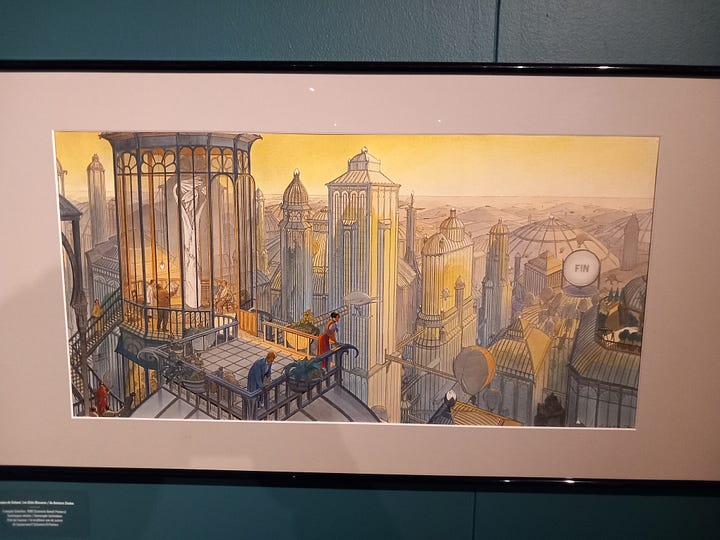

Topmost floor was devoted to one of the major publishing houses, Le Lombard, responsible for publishing the historical weekly Tintin magazine where Tintin stories were serialised from 1946. Each issue carried several strips, some humorous, some adventurous - so many stories, styles, characters - and so much of the artwork was gobsmackingly beautiful. The magazine is sadly no more, but the publisher is still going strong. There was a celebratory book of collected works from the magazine - I wish I’d bought one, although they’re still available, so I’ll be picking up a copy soon :)
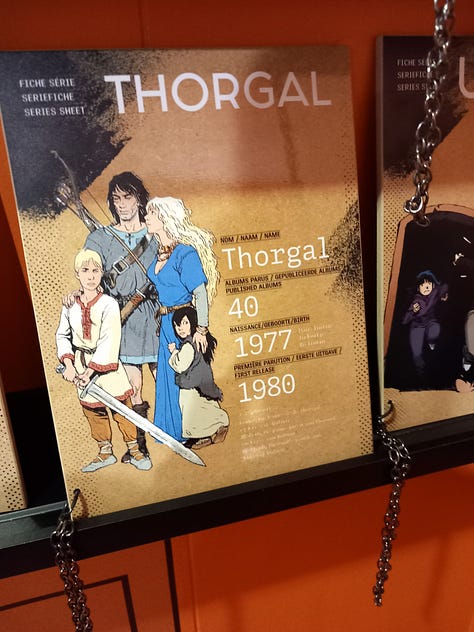
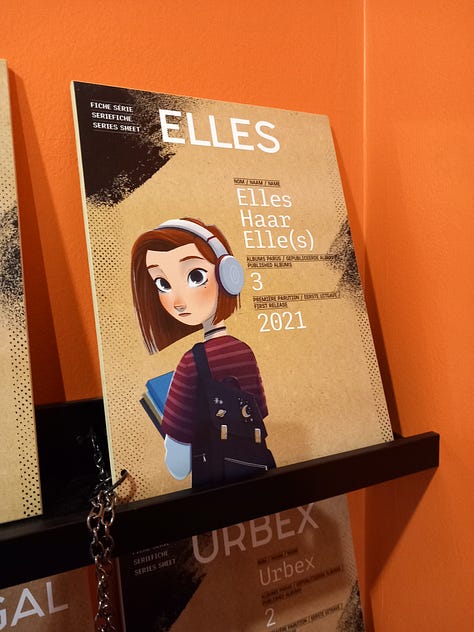
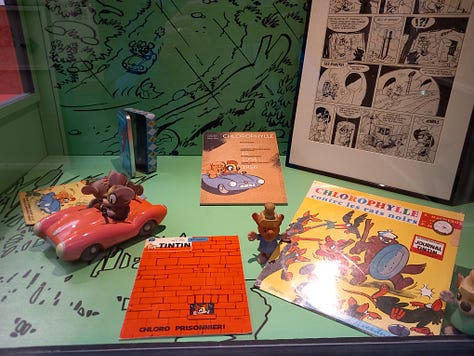
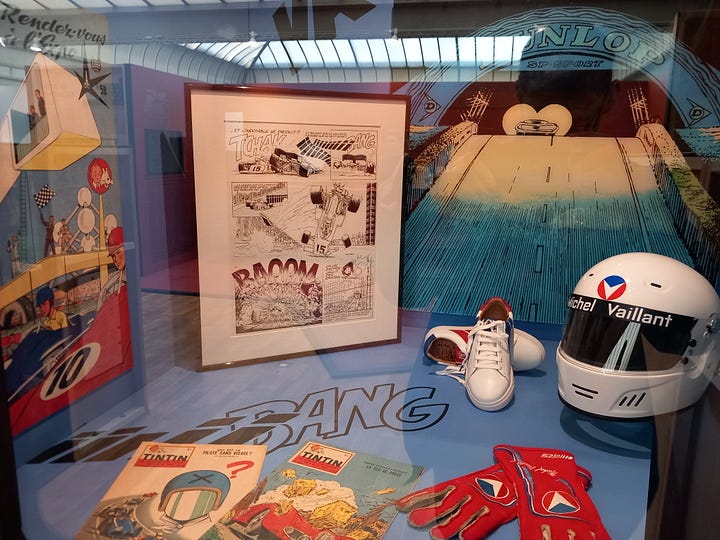

Which brings us to the museum shop, a treasure trove of pretty much anything illustrated. A gritty noir detective story with anthropomorphised animals? Manga influenced sci-fi and fantasy? Horror Western? You got it. My Father-in-law found a book detailing medical procedures in serious comic diagrams - what a brilliant way to capture complexity in a succinct way and help professionals learn. Another series of books told the biographies of famous historical figures.
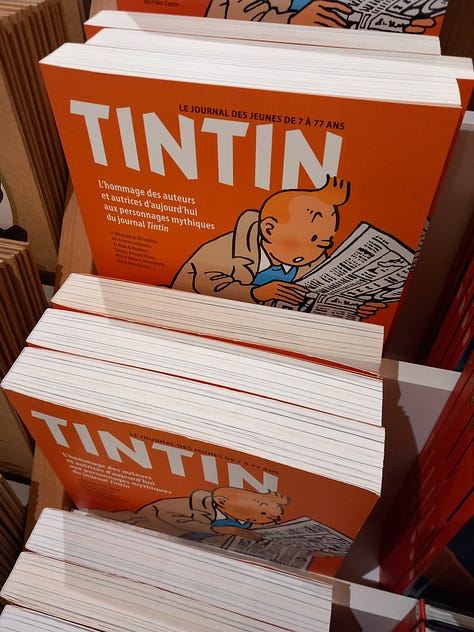
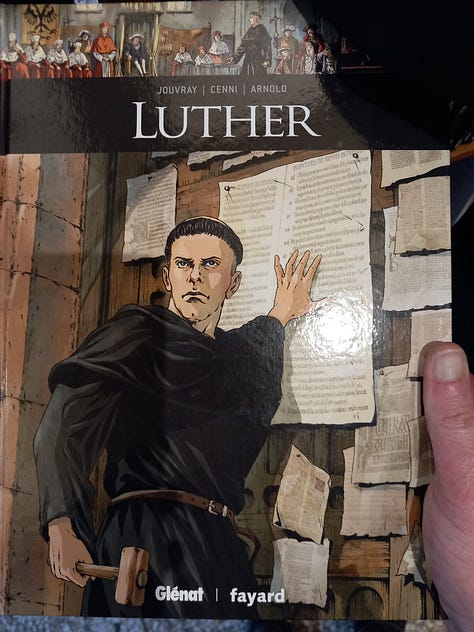
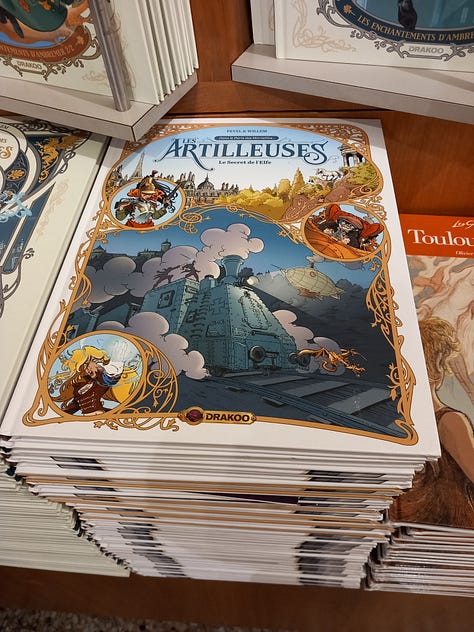
This shop was like mud to a hippo, an oasis to a desert wanderer. I spent ages in there (and went back the next day to buy some books - my co-traveller was very good about it). Full immersion time. I drank it in, because it might be some time before I got the chance to do so again.
I picked this up for Sarah:
The delicate manga style perfectly matches the subtlety of the story, and makes it accessible to a wider audience who might not have dreamt of picking up the original book.
We also looked around a very icy and slippy Brussels, sampled some local food, visited a chocolatier, sampled a coffee shop (I loved the signs on coffee shop windows saying ‘no laptops at the weekends’, which the UK seems to be taking a leaf from now), and went to the Rene Magritte Museum for a dose of Surrealist art. We didn’t even get to the Hergé Museum or La Boutique Tintin, and there were a lot more comics shops to explore. Apparently there’s also a Sewer Museum which is really good… (although to be fair the others are higher up my to-do list). Our time was up, and it was time to move on…
Reflections, and BD in the UK
I’d known for years that France and Belgium regard comics as the Ninth Art, but it was difficult to fully appreciate it without being there. Being there however, opened my eyes; BD aren’t a curio for those in the know, they’re part of the culture, a massive part of the publishing industry. The artistry was exceptional; there were examples of the beautiful, gritty, daft, painterly, loose, hilarious, whimsical, cute, wholesome, noirish… This visual storytelling in book form is brilliantly complex, and completely brilliant.
And they’re not confined to Europe - if you’re interested in sampling some for yourself, Asterix, Tintin and The Smurfs are widely available in English and are good entry points. For those looking to try something less widely available in the UK and a bit more varied, the publisher Cinebook translates lots of hugely popular French and Belgian titles into English, and is worth a look. I’ll be mentioning them a lot more in future.
In a society that has developed historically to value word literacy over visual literacy, it’s wonderful to see cultures which recognise and celebrate the power and artistry of visual storytelling in such depth and breadth. For me, it was like finding an artistic home. I fully intend to go back as often as I can, and share more here so that more people can discover these works for themselves.




